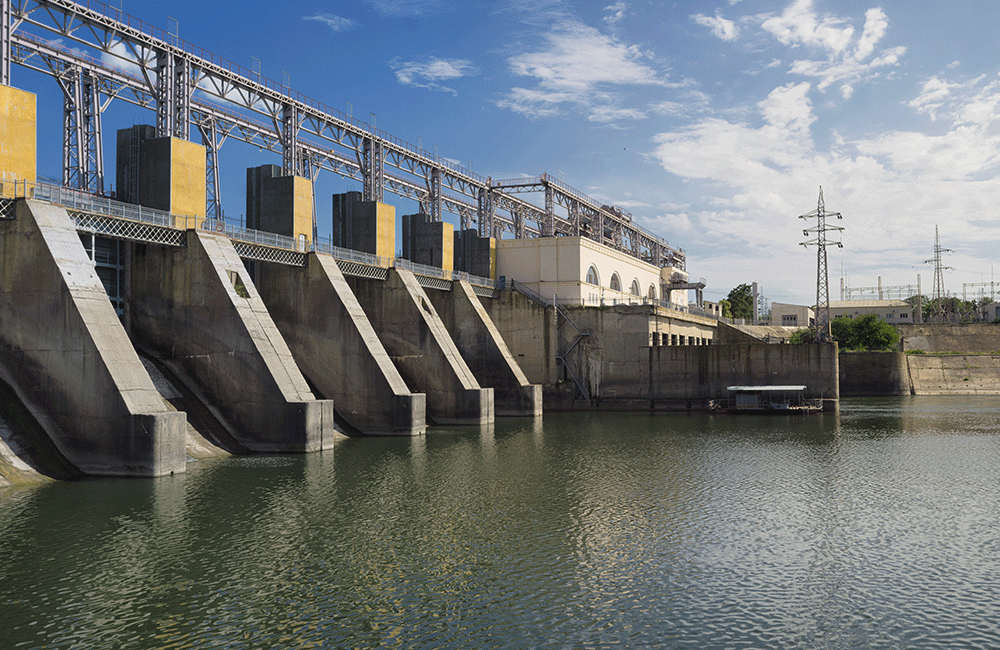Historically, large hydroelectric power plant projects got off to a slow start.
Projects typically began with planners and engineers working in isolation to design the project and produce the documents needed for construction contracting. Often there were disconnects in the level of engineering and procurement details released during the bid phase of subcontractor work packages. Project data was largely not accessible to anyone other than those developing it.
As a result, submitted estimates, proposals and schedules often required significant rework once a subcontractor was awarded a scope of work. Delays were common as the subcontractor execution team was onboarded. Even then, construction teams had limited time — often only days — to plan fieldwork. Opportunities to ask questions, identify risks and provide cost-saving alternatives were limited.
Thanks to the insights gained through advanced project management systems and early collaborative planning, the days of slow project starts are over. Advanced project management and project control systems help to simplify the development of hydroelectric projects. When coupled with the early integration of construction with design, engineering and procurement resources to discuss overall scope and planning, they unlock the potential to affect project efficiency, safety and success.

